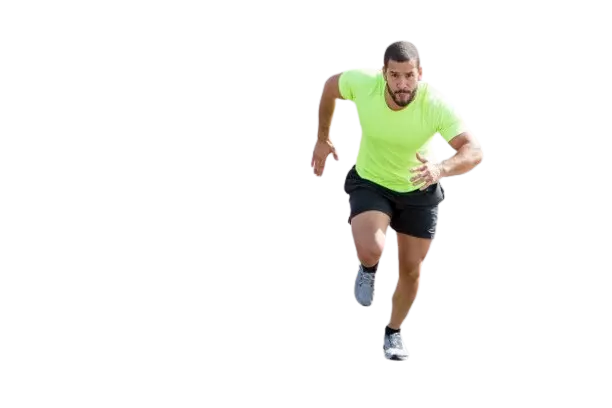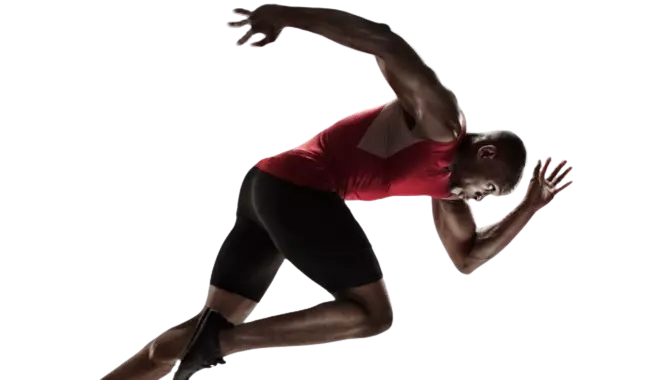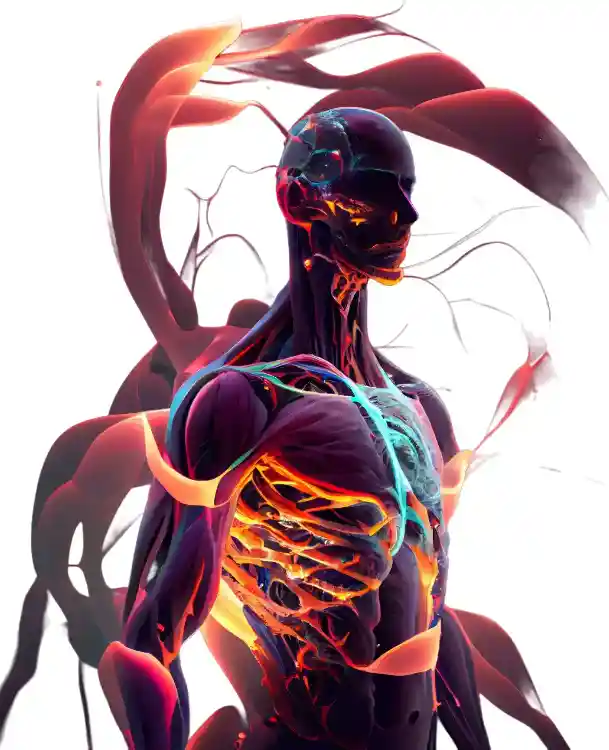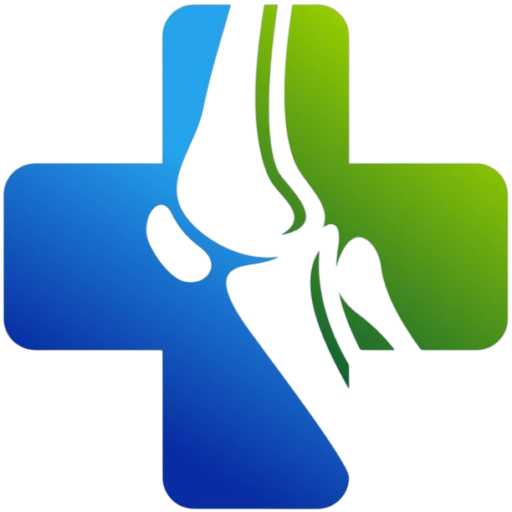Recovering After ACL Reconstruction Surgery: This plan helps doctors know what to expect after ACL surgery. It follows both time and specific criteria based on how well the tissue heals. The treatment should be based on the individual’s needs, considering the exam results and clinical decisions. It also includes the expected timeframes for recovery.
- Thinking about allograft and hamstring autograft options
- Considerations for multiple injuries
- What to consider after surgery.
- PHASE I: RIGHT AFTER OPERATION (0–2 WEEKS AFTER SURGERY)
- Interventions:
- Ice, pressure, and incline (for cold treatment, talk to your doctor first).
- Backwards massage:
- Foot pump:
- Mobility or freedom of movements
- Patellar mobilizations:
- Seated assisted knee flexion extension
- Heel Slides With Towel
- Low intensity, long duration extension stretches: Prone Hang
- heel prop
- Standing gastroc stretch
- Soleus Stretch
- Supine Active Hamstring Stretch
- Supine Passive Hamstring Stretch
- Strengthening
- Calf Raises
- Quadriceps Setting Exercise
- Straight Leg Raise Exercise **Do not perform straight leg raise if you have a knee extension lag
- Hip Abduction
- Multi Angle Quadriceps Isometric
- Criteria to Progress
- Knee Extension 0 to 45 degrees
- Patella Mobilizations with Paul Marquis PT
- Able to perform straight leg raise without lag
- PHASE II: INTERMEDIATE POST-OP (3-5 WEEKS AFTER SURGERY)
- PHASE III: LATE POST-OP (6-8 WEEKS AFTER SURGERY)
- Balance/proprioception
- PHASE IV: TRANSITIONAL (9-12 WEEKS AFTER SURGERY)
- PHASE V: EARLY RETURN TO SPORT (3-5 MONTHS AFTER SURGERY)
- PHASE VI: UNRESTRICTED RETURN TO SPORT (6+ MONTHS AFTER SURGERY)
- Rehabilitation Goals
- Return to Running Program
- Agility and Plyometric Program
- PHASE II: LATERAL PROGRESSION
- PHASE III: MULTI-PLANAR PROGRESSION
- Thank You
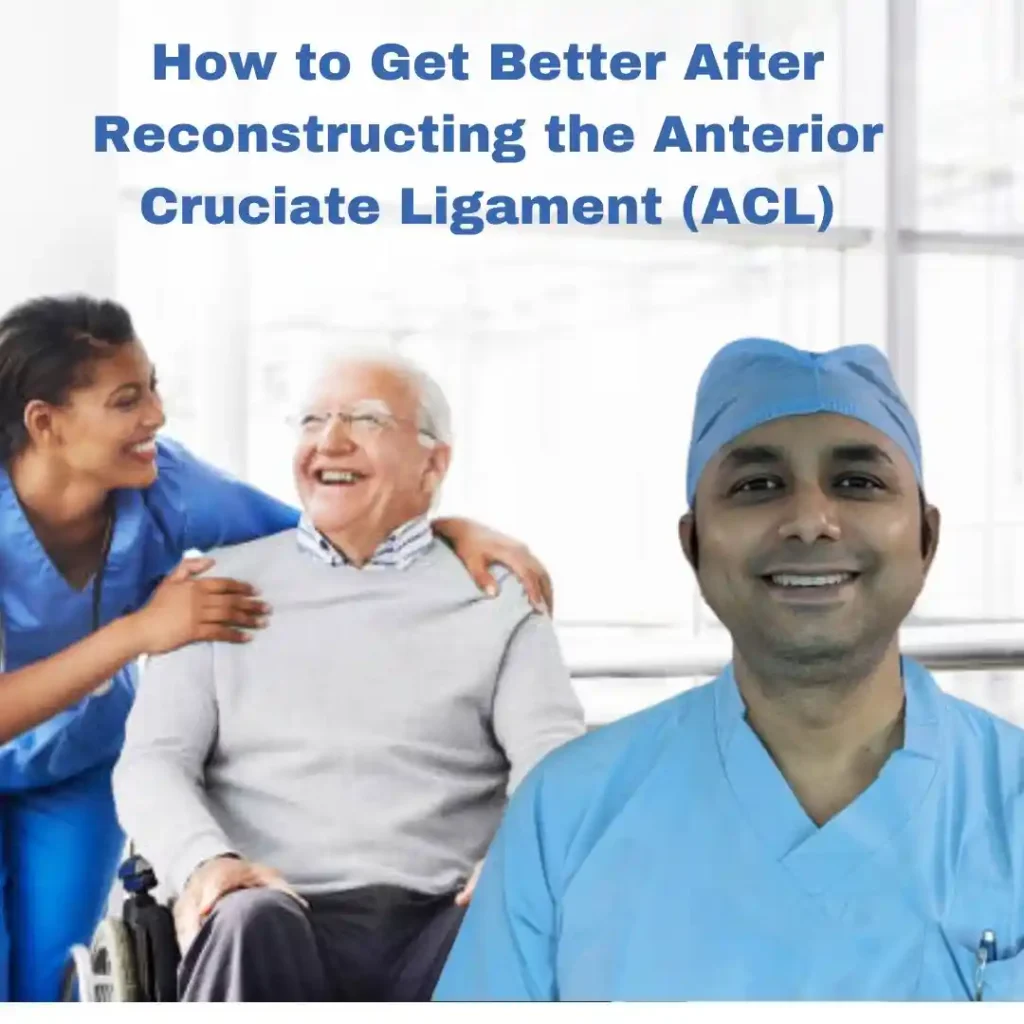
The details in this guide may vary based on the surgeon’s preferences, additional procedures, or complications. If a doctor needs assistance with a patient’s recovery after surgery, they should consult with the surgeon who referred the patient.
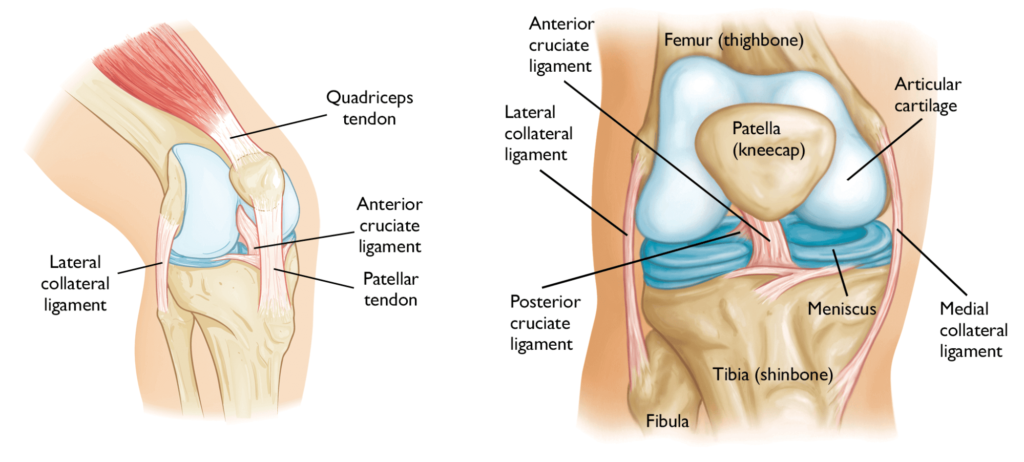
Thinking about allograft and hamstring autograft options
For allograft and hamstring autograft, there are specific instructions for early weight-bearing and rehabilitation. Check the details below. The early return to sports may be delayed.

Considerations for multiple injuries
When you have more than one injury at the same time, it’s safer to be careful with how much you move, how much weight you put on, and how quickly you go through rehabilitation. This is especially important after a meniscus repair.
What to consider after surgery.
After surgery, watch for signs like fever, strong calf pain, too much drainage from the cut, or uncontrolled pain. If these happen, call your doctor immediately.
PHASE I: RIGHT AFTER OPERATION (0–2 WEEKS AFTER SURGERY)
| Recovery Objectives | Keep the graft safe. Reduce pain and swelling. Restore patellar mobility. Regain full extension and gradually improve flexion. Reduce muscle inhibition, regain control of the quads, and achieve full active extension. Patient education: Keep your knee straight and raised when sitting or lying down. Don’t put a towel under your knee when resting. Support your surgical side when moving from sitting to lying down. Avoid turning on your surgical side. |
| Putting on weight | Take a walk Start with the brace locked and crutches (as recommended by the doctor) Gradually walk without crutches if the pain, swelling, and gait are improving. Patients with allograft and hamstring autograft may need crutches for 6 weeks unless the doctor advises otherwise. Unlock the brace once you can perform a straight leg raise without any delay. Stop using the brace after 6 weeks if advised by the doctor and when you have good control over your quadriceps. When climbing stairs, lead with the side that wasn’t operated on. When descending stairs, lead with the crutches and the surgical side. |
Interventions:
Swelling Management
- Ice, pressure, and incline (for cold treatment, talk to your doctor first).
- Backwards massage
- Foot pump
Ice, pressure, and incline (for cold treatment, talk to your doctor first).
Backwards massage:
Foot pump:
Mobility or freedom of movements
Move your kneecap in two ways: up and down, and side to side. This is crucial in the initial weeks after surgery with a patella tendon graft.
Bend and straighten your knee, and slide your heel while sitting with the aid of a towel.
Perform gentle, prolonged stretches to extend your knee: try prone hanging and heel prop. Stretch your calf muscles while standing and stretch your hamstrings while lying down and keeping still.
Patellar mobilizations:
Seated assisted knee flexion extension
Heel Slides With Towel
Low intensity, long duration extension stretches: Prone Hang
heel prop
Standing gastroc stretch
Soleus Stretch
Supine Active Hamstring Stretch
Supine Passive Hamstring Stretch
Strengthening
Calf Raises
Quadriceps Setting Exercise
NMES: high intensity (2500 Hz, 75 bursts) Supine knee extension: 10 sec/50 sec, 10 contractions, 2x/wk during sessions. Use clinical stimulator during sessions and explore home units for immediate post-op.
Straight Leg Raise Exercise **Do not perform straight leg raise if you have a knee extension lag
Hip Abduction
Multi Angle Quadriceps Isometric
Criteria to Progress
Knee Extension 0 to 45 degrees
Patella Mobilizations with Paul Marquis PT
Able to perform straight leg raise without lag
PHASE II: INTERMEDIATE POST-OP (3-5 WEEKS AFTER SURGERY)
Rehabilitation Goals
- Continue to protect graft
- Maintain full extension, restore full flexion (contra lateral side)
- Normalize gait
Additional Interventions *Continue with Phase I interventions
Range of motion/Mobility
Gentle stretching all muscle groups:
Patella Mobilizations with Paul Marquis PT : Prone Quad Stretch
Standing Quad Stretch
Standing Quad Stretch
Kneeling Hip Flexor Stretch
Strengthening
Prone Hamstring Curls
Prone Hamstring Curls
Step Ups with March
Partial Squat Exercise
Ball Squats
Wall Slide Exercise
Wall Slide Exercise
Lumbopelvic strengthening:
Balance/proprioception
Criteria to Progress
- No swelling (Modified Stroke Test)
- Flexion ROM within 10 deg contra lateral side
- Extension ROM equal to contra lateral side
PHASE III: LATE POST-OP (6-8 WEEKS AFTER SURGERY)
| Rehabilitation Goals | • Continue to protect the graft site. • Maintain complete range of motion • Strengthen safely • Encourage good movement patterns • Reduce post-exercise soreness and edema • Avoid activities that cause pain at graft donor site. |
| Additional Interventions *Continue with Phase I-II Interventions | Range of motion/Mobility Rotational tibial mobilizations if limited ROM Cardio 8 weeks: Elliptical, stair climber, flutter kick swimming, pool jogging |

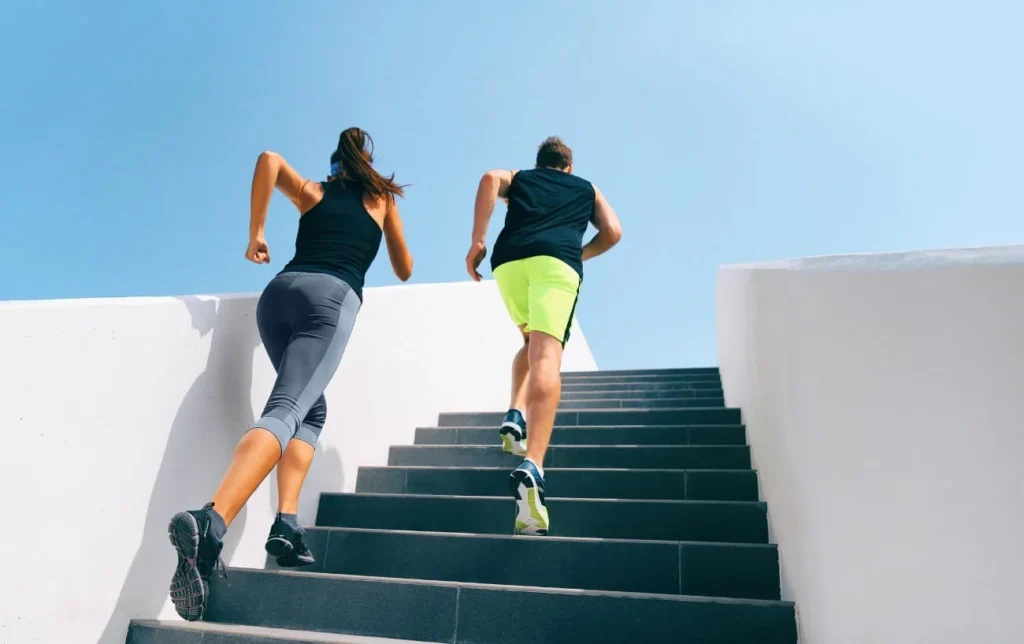
Strengthening Gym equipment:
o Hamstring autograft can begin resisted hamstring strengthening at 12 weeks
- Progress intensity (strength) and duration (endurance) of exercises
**The following exercises to focus on proper control with emphasis on good proximal stability
Balance/proprioception
Progress single limb balance including perturbation training
| Criteria to Progress | After exercise, there is no swelling, edema, or discomfort. The gait is normal, the range of motion is equal to the contralateral side, and the joint position feeling is equal (with a margin of error of less than 5 degrees). |
PHASE IV: TRANSITIONAL (9-12 WEEKS AFTER SURGERY)
| Rehabilitation Goals | • Maintain complete range of motion • Strengthen safely • Encourage good movement patterns • Reduce post-exercise soreness and swelling • Avoid activities that cause pain at patch donor site. |
| Additional Interventions *Continue with Phase II-III interventions | • Start submax sport-specific training in the vertical plane. • Bilateral PWB gymnastics evolved into FWB plyometrics. |
| Additional Interventions *Continue with Phase II-III interventionsCriteria to Progress | No episodes of instability Maintain quad strength 10 repetitions single leg squat proper form through at least 60 deg knee flexion Drop vertical jump with good control KOOS-sports questionnaire >70% Functional Assessment o Quadriceps index >80%; HHD or isokinetic testing 60d/s o Hamstrings ≥80%; HHD or isokinetic testing 60 d/s o Glut med, glut max index ≥80% HHD |
PHASE V: EARLY RETURN TO SPORT (3-5 MONTHS AFTER SURGERY)
| Rehabilitation Goals | • Safely progress strengthening • Begin sport-specific training program • Encourage good movement patterns • Minimize post-exercise soreness and swelling • Avoid activities that cause pain at graft donor site. |
| Additional Interventions *Continue with Phase II-IV interventions | Interval running program o Return to Running Program Progress to plyometric and agility program (with functional brace if prescribed) o Agility and Plyometric Program |
| Criteria to Progress | Clearance from MD and ALL milestone criteria below have been met Completion jog/run program without pain/effusion / swelling Functional Assessment o Quad/HS/glut index ≥90%; HHD mean or isokinetic testing @ 60d/s o Hamstring/Quad ratio ≥66% o Hop Testing ≥90% compared to contra lateral side, demonstrating good landing mechanics |
PHASE VI: UNRESTRICTED RETURN TO SPORT (6+ MONTHS AFTER SURGERY)
Rehabilitation Goals
- Continue strengthening and proprioceptive exercises
- Symmetrical performance with sport specific drills
- Safely progress to full sport
Additional Interventions
*Continue with
Phase II-V
interventions - Multi-plane sport specific plyometrics program
- Multi-plane sport specific agility program
- Include hard cutting and pivoting depending on the individuals’ goals (~7 mo)
- Non-contact practice→ Full practice→ Full play (~9 mo)
Criteria to Progress - Functional Assessment
o Quad/HS/glut index ≥95%; HHD mean or isokinetic testing @ 60d/s
o Hamstring/Quad ratio ≥66%
o Hop Testing ≥95% compared to contra lateral side, demonstrating good landing
mechanics - KOOS-sports questionnaire >90%
- International Knee Committee Subjective Knee Evaluation >93
- ACL-RSI
Return to Running Program
This program is intended to lead professionals and patients through a stepwise return-to-run program. Prior to starting this program, patients should have a Functional Assessment score of at least 80% (after knee ligament or meniscus repair). Specific advice should be based on the individual’s needs, and clinical
Decision making. If you have questions, please contact the referring physician.

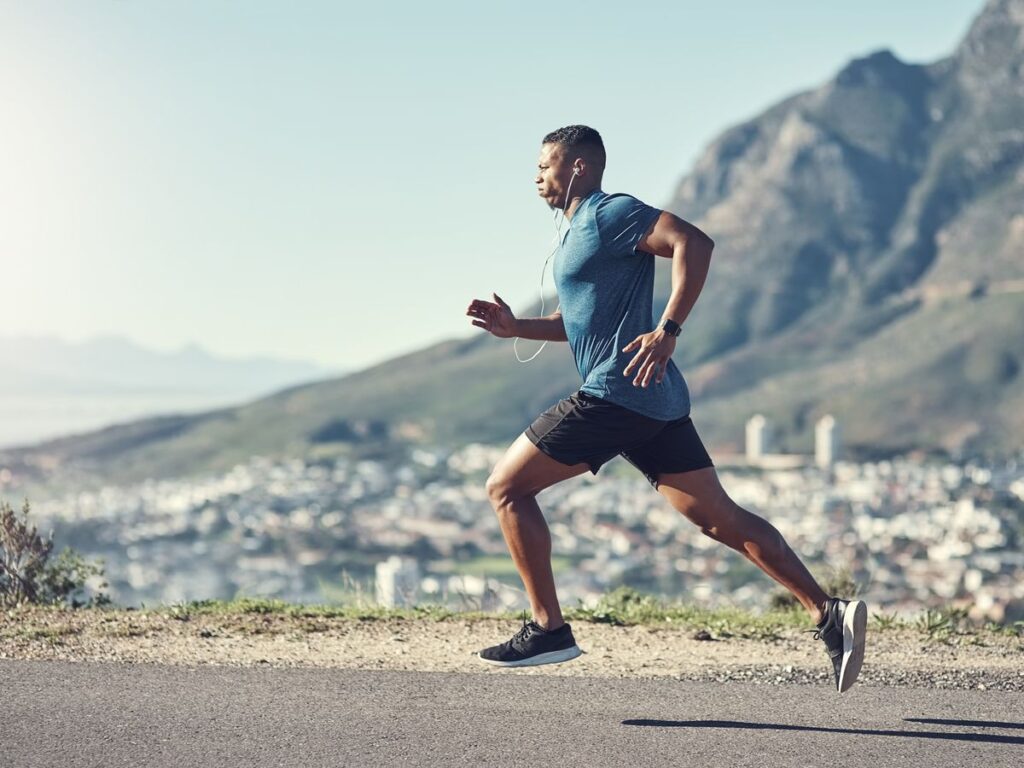
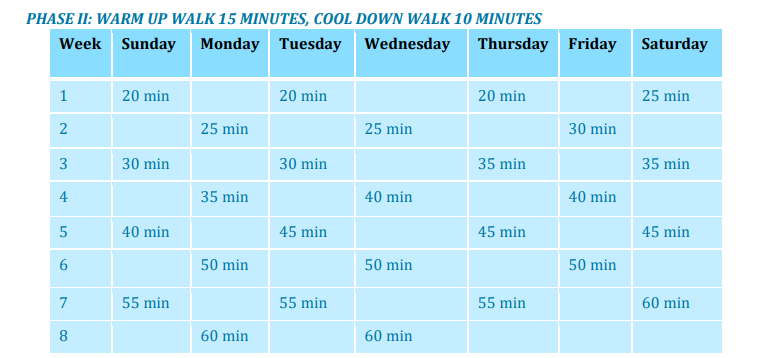
Recommendations
- Runs should occur on softer surfaces during Phase I
- Non-impact activity on off days
- Goal is to increase mileage and then increase pace; avoid increasing two variables at once
- 10% rule: no more than 10% increase in mileage per week
Agility and Plyometric Program
This program guides physicians and patients through a series of agility and plyometric exercises to encourage a successful return to sport while reducing injury risk. Before starting this treatment, patients should score at least 80% on the Functional Assessment. Individualized interventions should take into account clinical decision-making. If you have questions, please contact the referring physician.
PHASE I: ANTERIOR PROGRESSION
| Rehabilitation Goals | Safely recondition the knee Provide a logical sequence of progressive drills for pre-sports conditioning |
| Agility | Forward run Backward run Forward lean in to a run Forward run with 3-step deceleration Figure 8 run Circle run Ladder |
Agility
Plyometrics
| Plyometrics | Shuttle press: Double leg alternating leg single leg jumps Double leg: o Jumps on to a box jump off of a box jumps on/off box o Forward jumps, forward jump to broad jump o Tuck jumps o Backward/forward hops over line/cone Single leg (these exercises are challenging and should be considered for more advanced athletes): o Progressive single leg jump tasks o Bounding run o Scissor jumps o Backward/forward hops over line/cone |
| Criteria to Progress | No increase in pain or swelling Pain-free during loading activities Demonstrates proper movement patterns |
Plyometrics
Single leg (these exercises are challenging and should be considered for more advanced
athletes):
PHASE II: LATERAL PROGRESSION
PHASE I: ANTERIOR PROGRESSION
| Rehabilitation Goals | Safely recondition the knee Provide a logical sequence of progressive drills for the Level 1 sport athlete |
| Agility *Continue with Phase I interventions | Side shuffle Carioca Crossover steps Shuttle run Zig-zag run Ladder |
| Plyometrics | Double leg: o Lateral jumps over line/cone o Lateral tuck jumps over cone Single leg (these exercises are challenging and should be considered for more advanced athletes): o Lateral jumps over line/cone o Lateral jumps with sport cord |
| Criteria to Progress | No increase in pain or swelling Pain-free during loading activities Demonstrates proper movement patterns |
Single leg (these exercises are challenging and should be considered for more advanced
athletes):
PHASE III: MULTI-PLANAR PROGRESSION
| Rehabilitation Goals | Challenge the Level 1 sport athlete in preparation for final clearance for return to sport |
| Agility *Continue with Phase I-II interventions | Box drill Star drill Side shuffle with hurdles |
| Plyometrics *Continue with Phase I-II interventions | Box jumps with quick change of direction 90 and 180 degree jumps |
| Criteria to Progress | Clearance from MD Functional Assessment o Quad/HS/glut index ≥90% contra lateral side (isokinetic testing if available) o Hamstring/Quad ratio ≥70% o Hop Testing ≥90% contralateral side KOOS-sports questionnaire >90% International Knee Committee Subjective Knee Evaluation >93 Psych Readiness to Return to Sport (PRRS) |
Thank You


